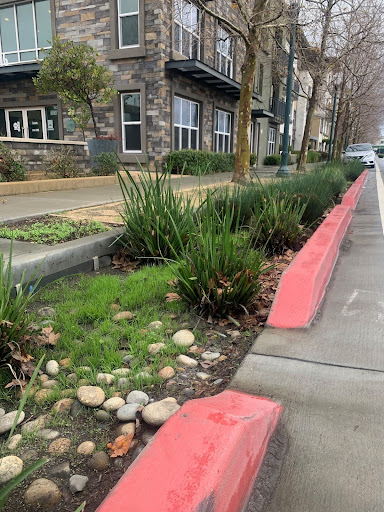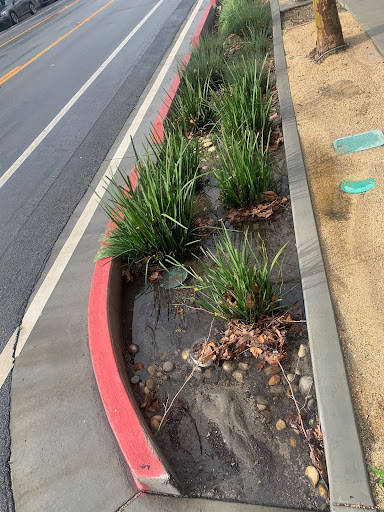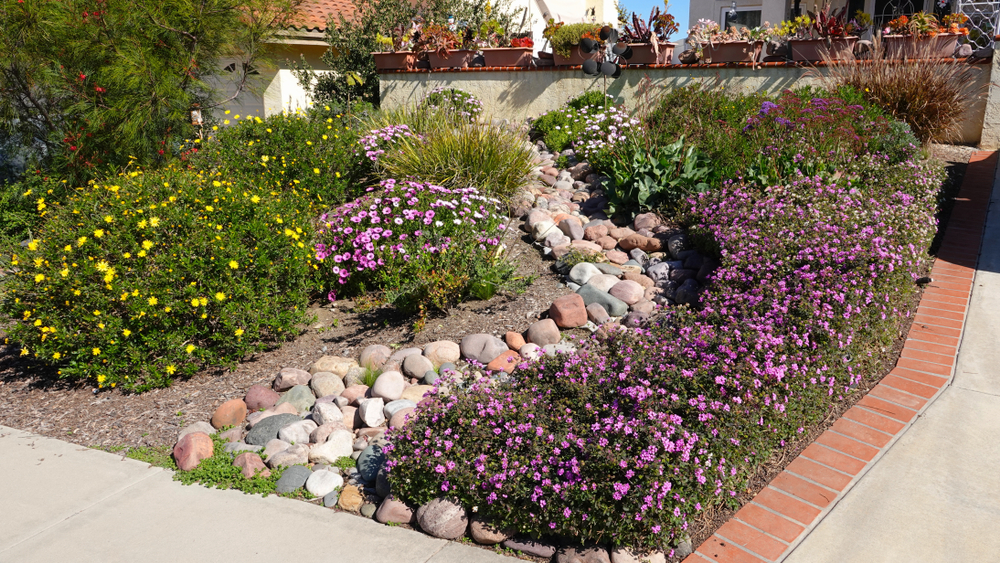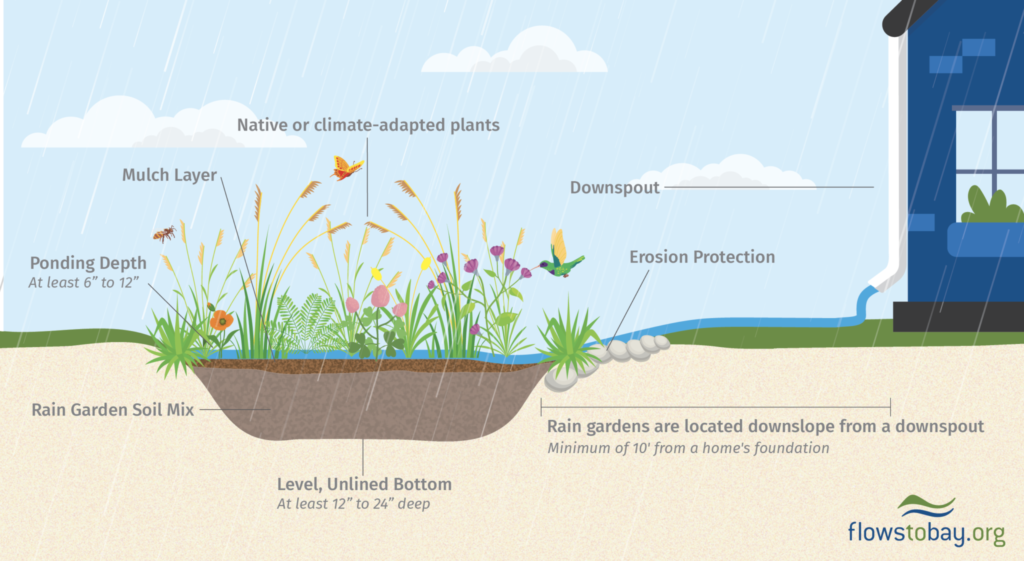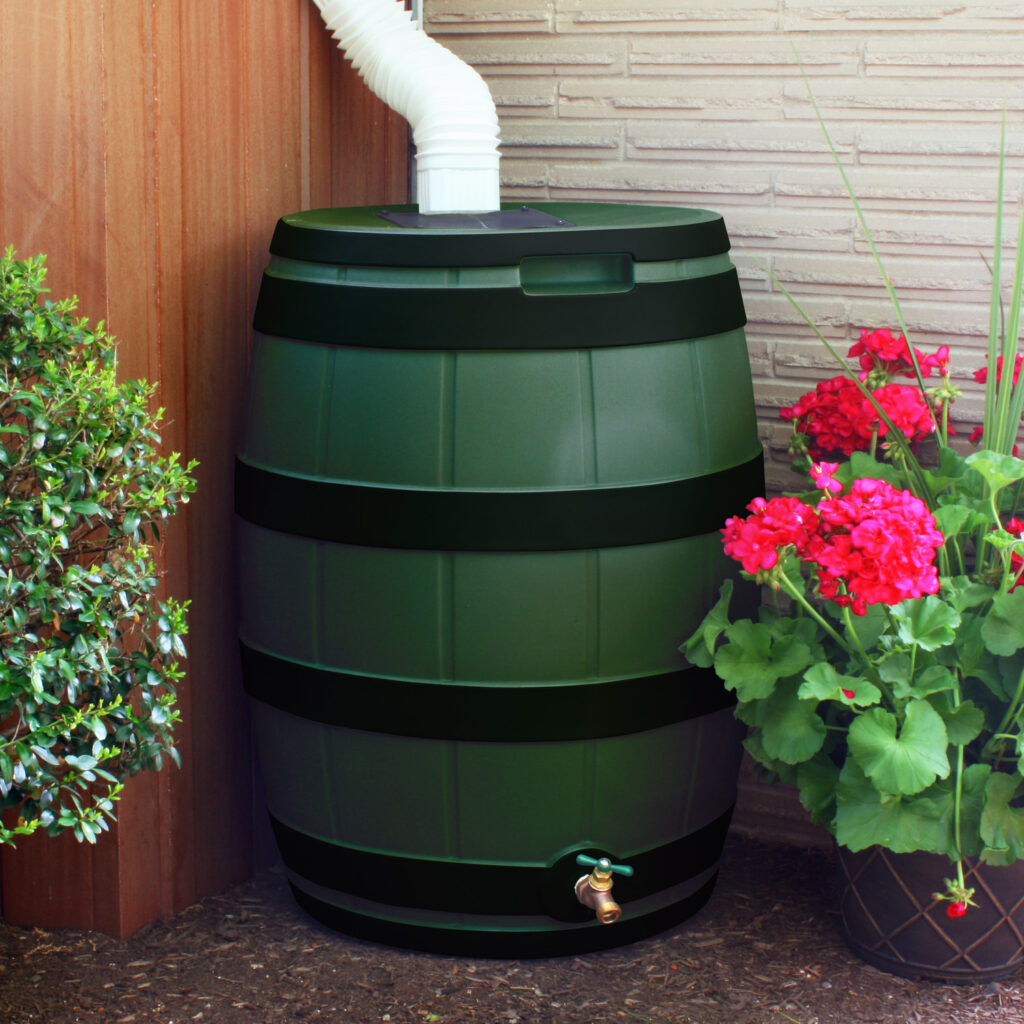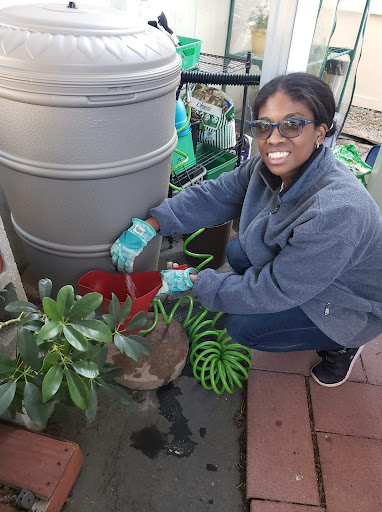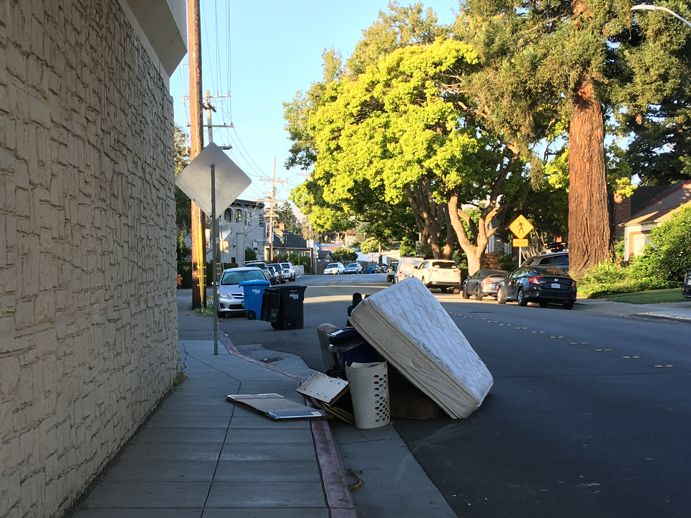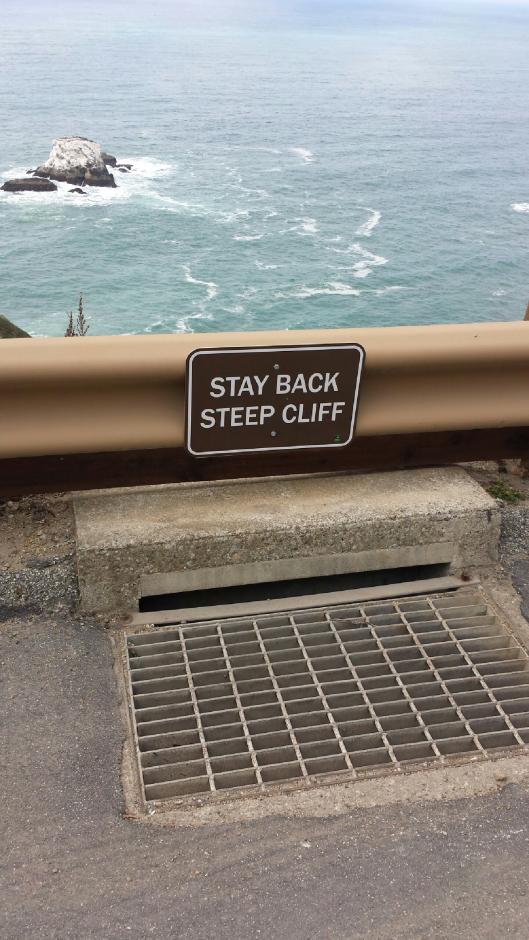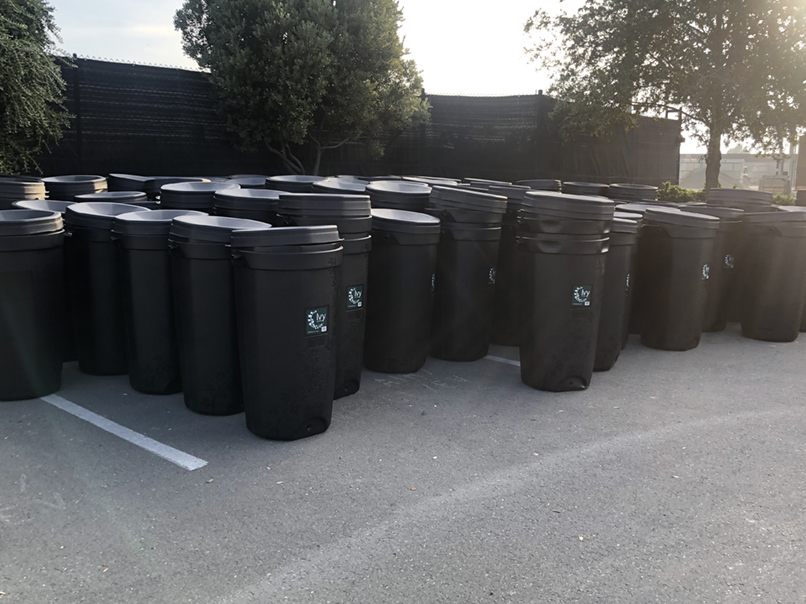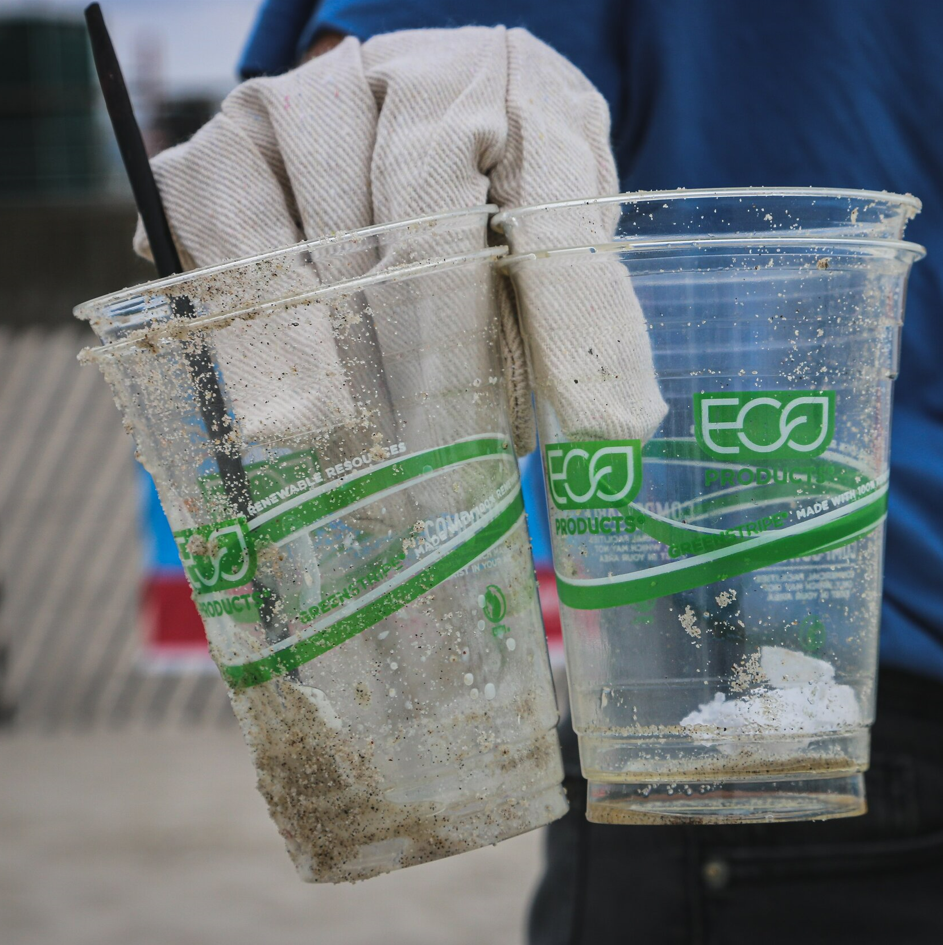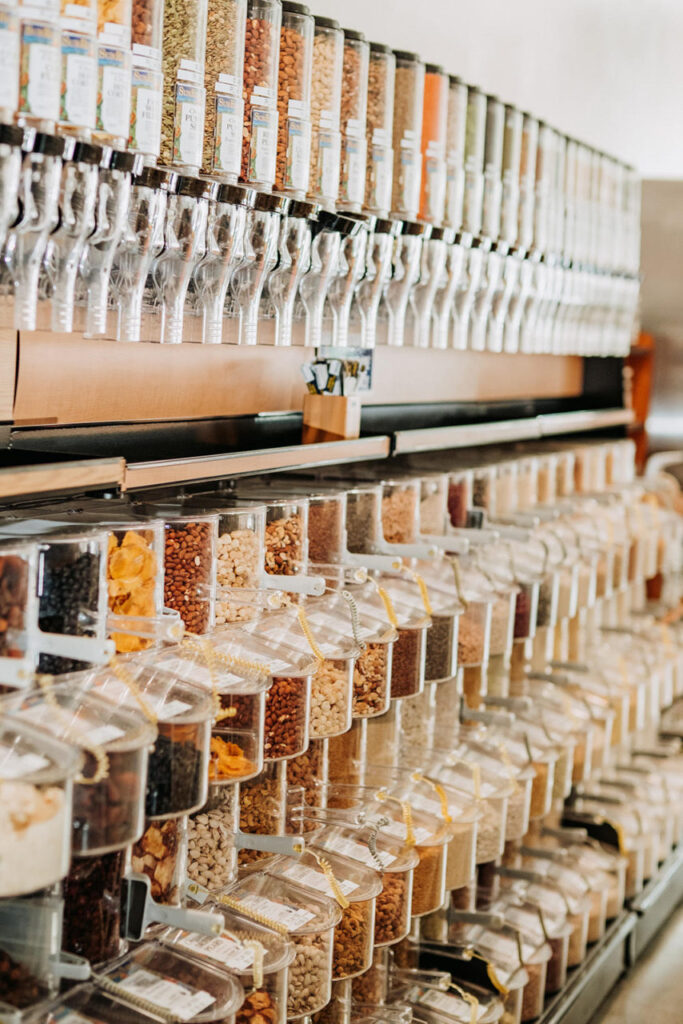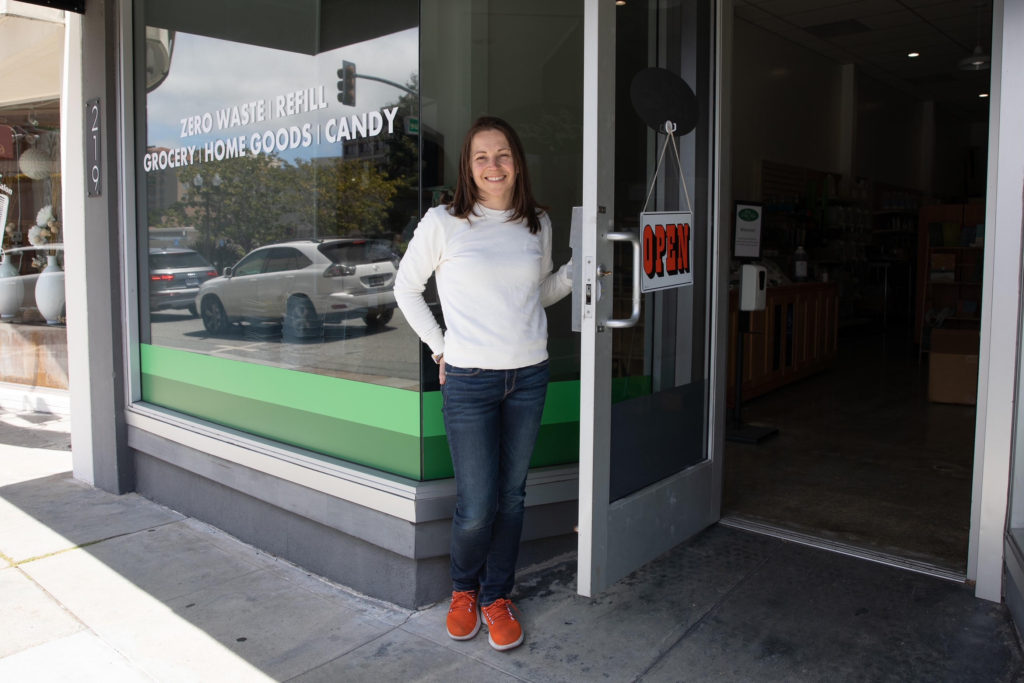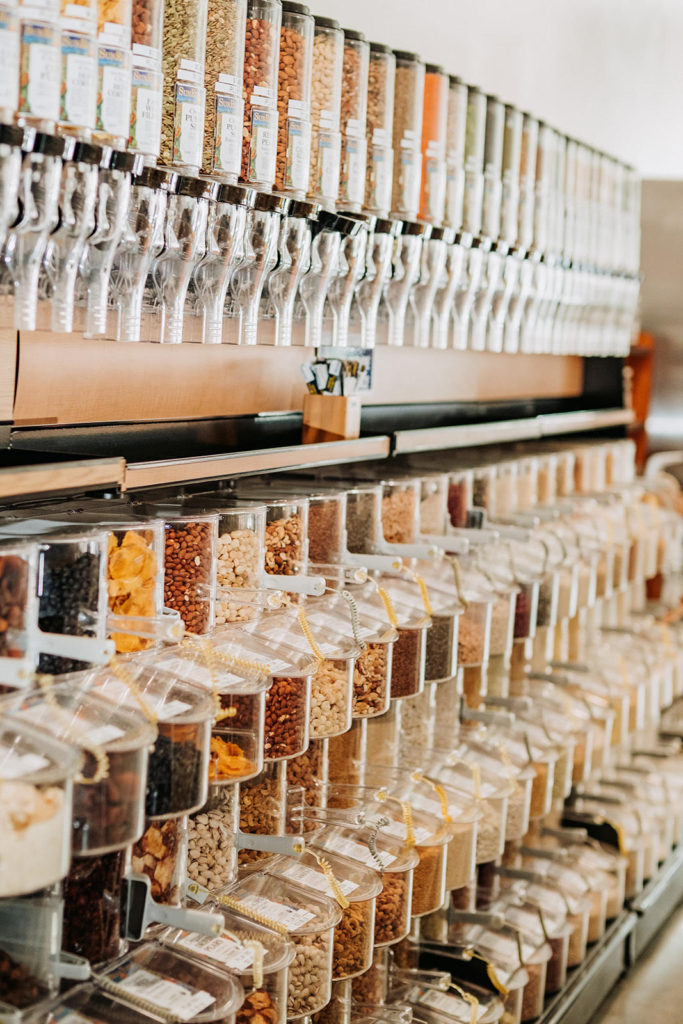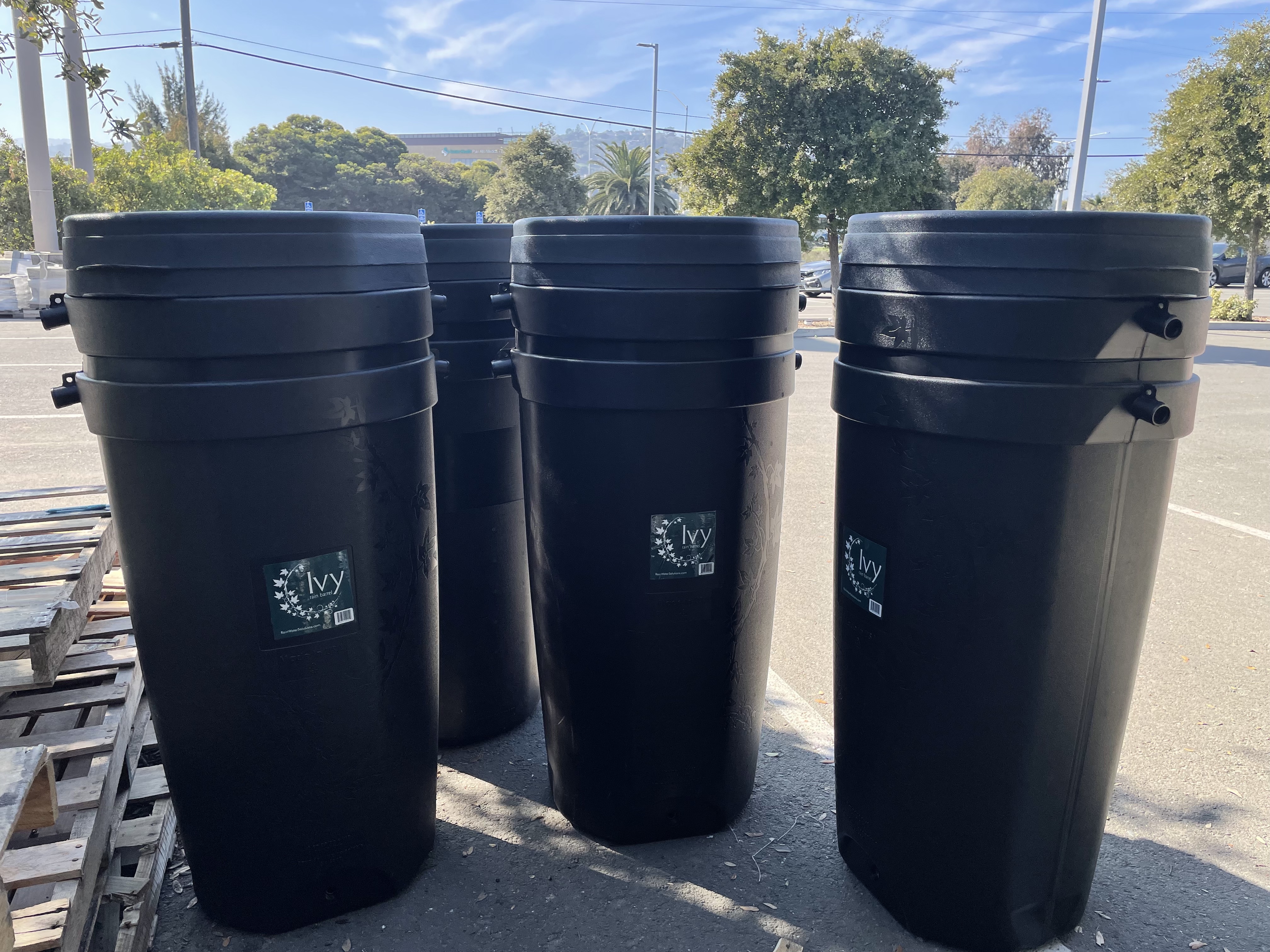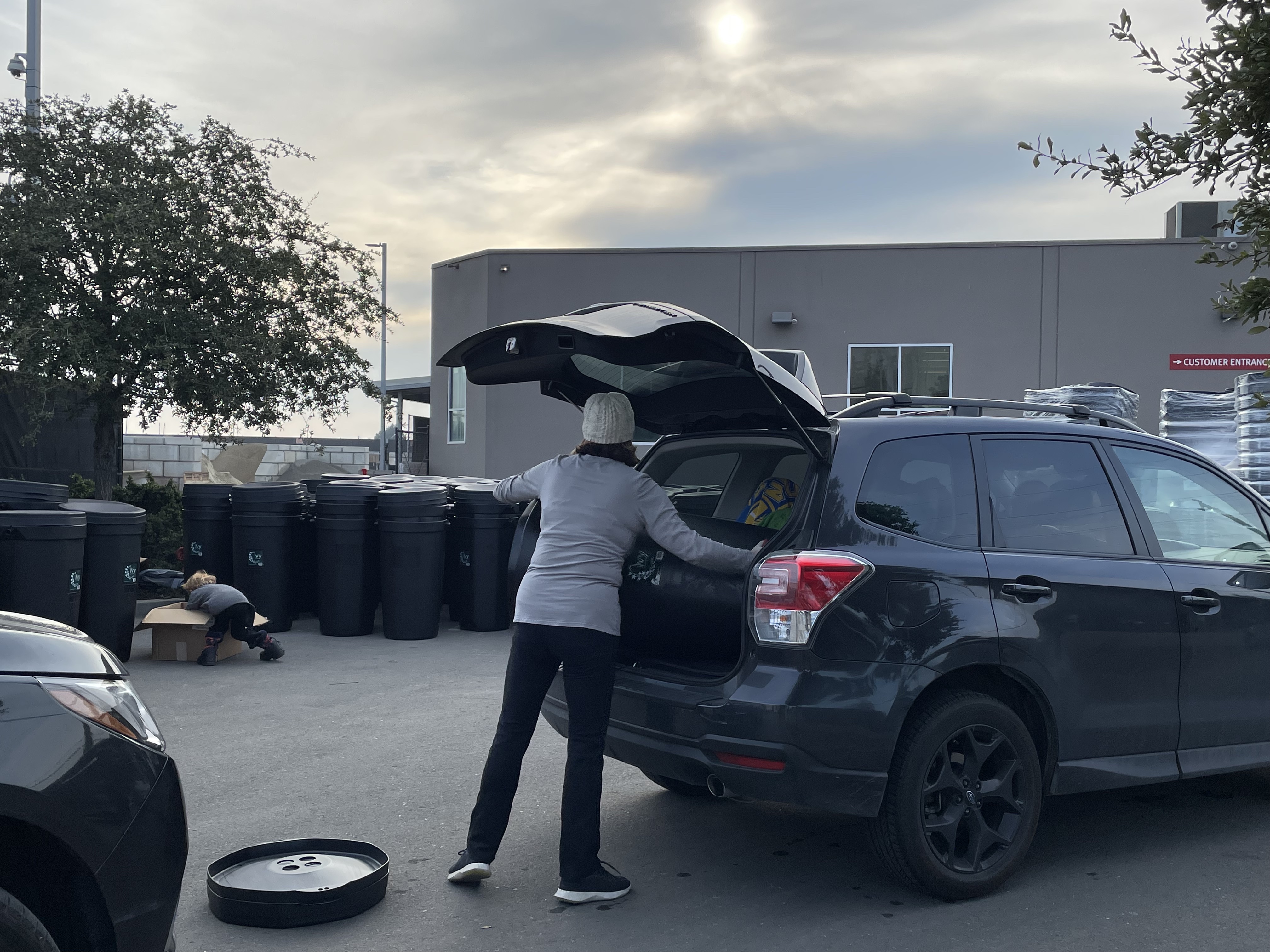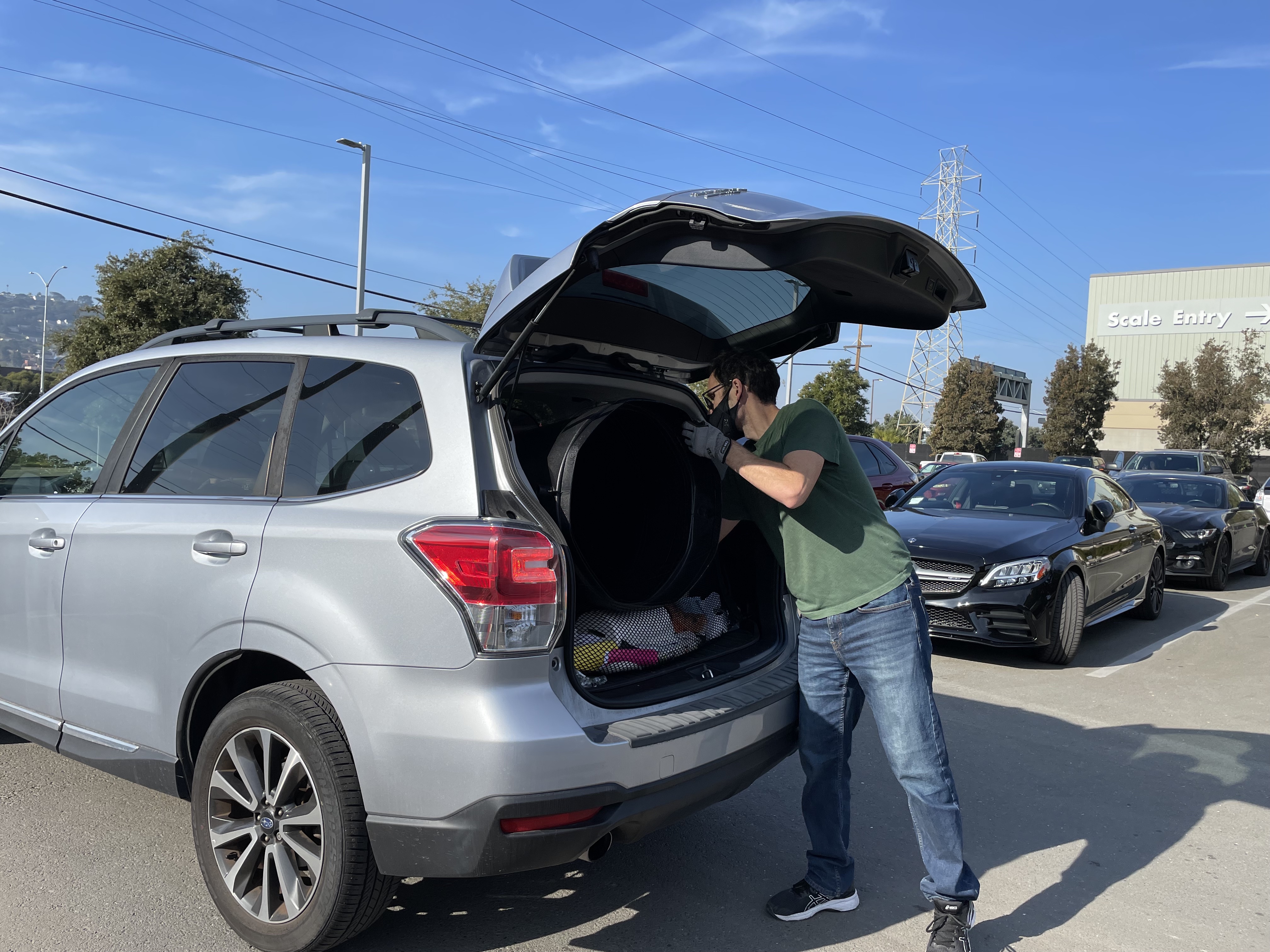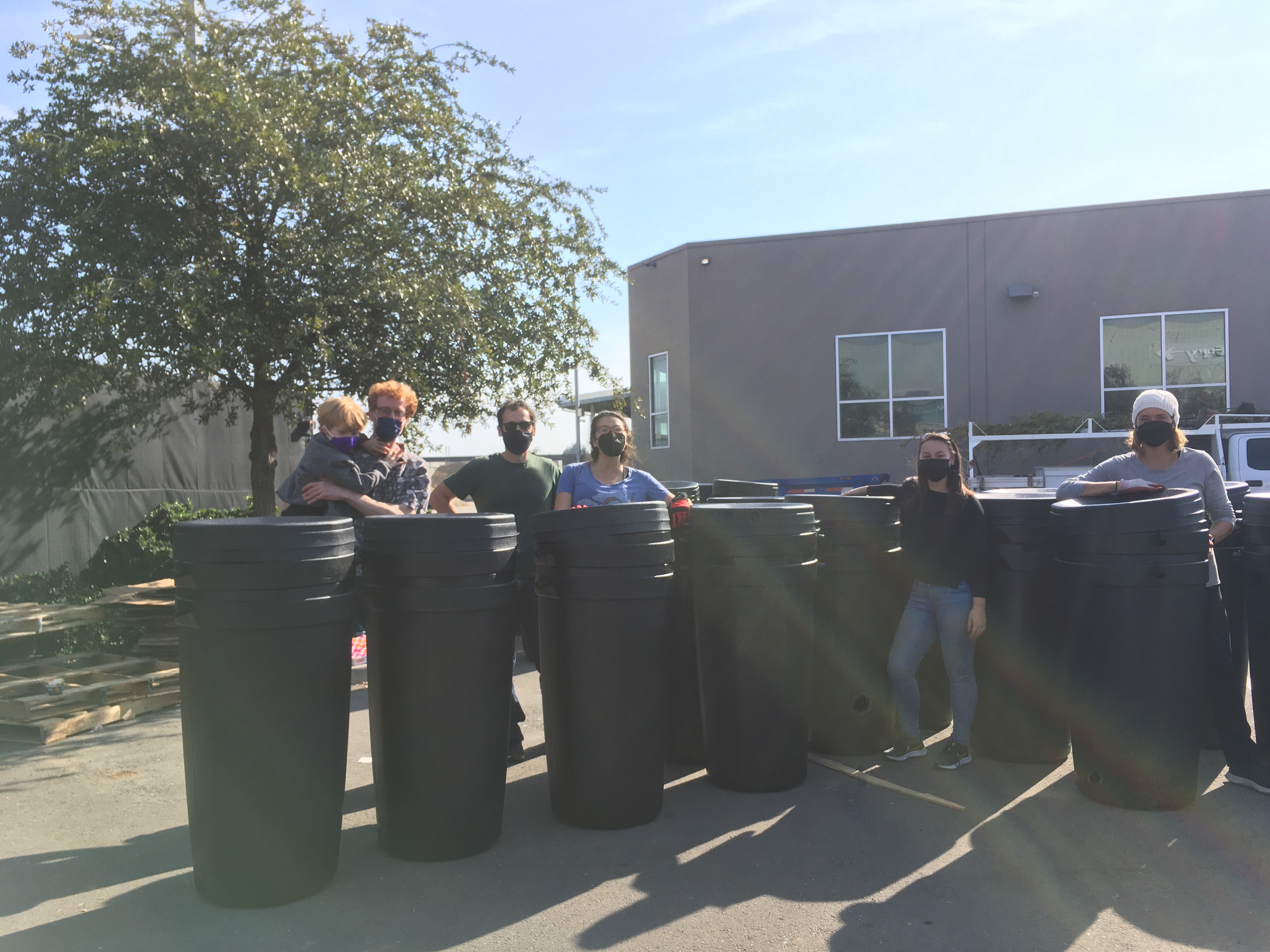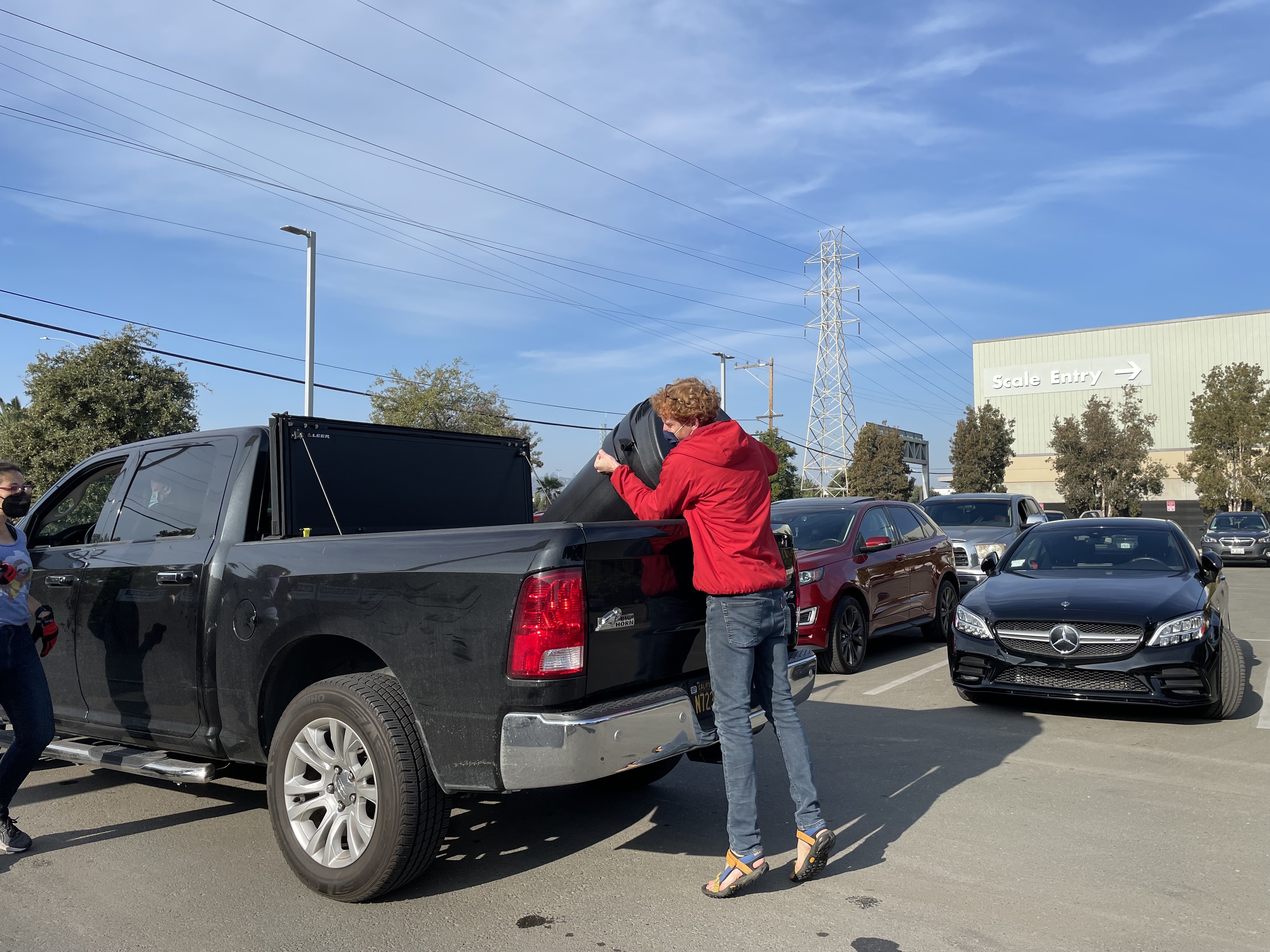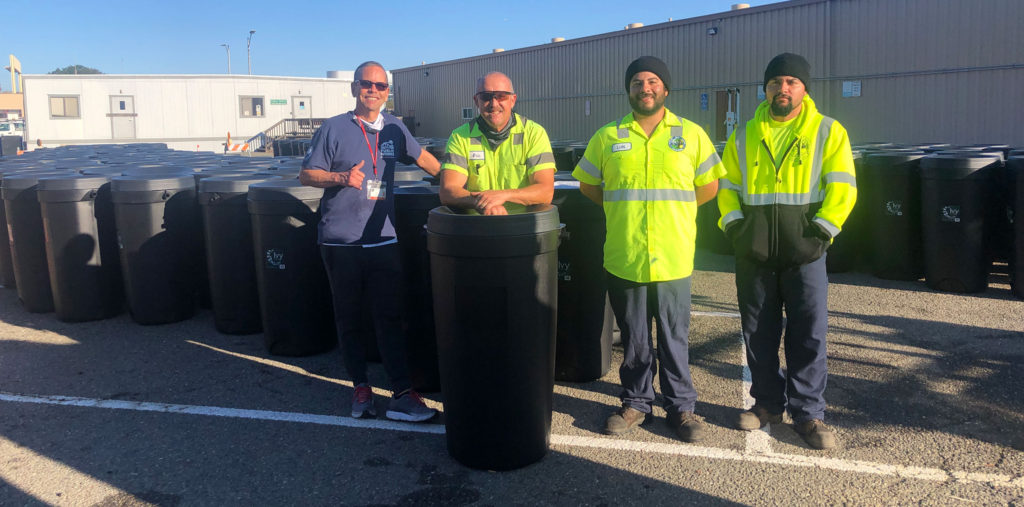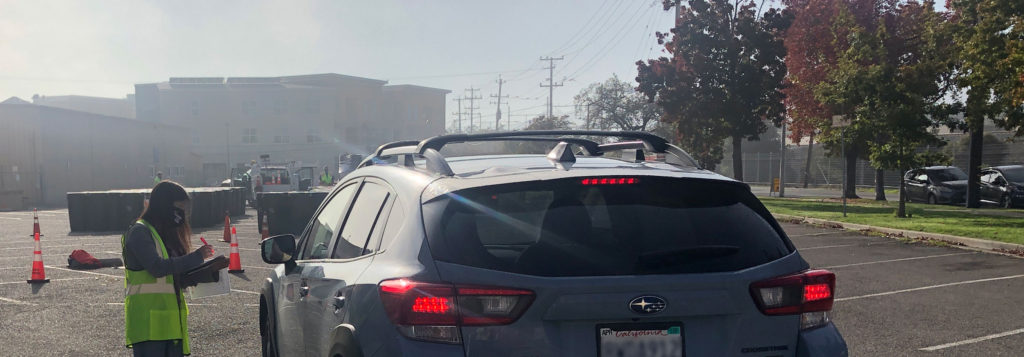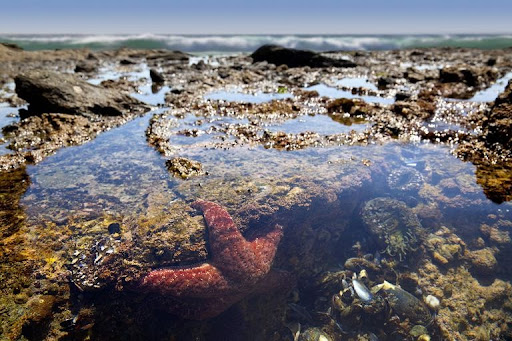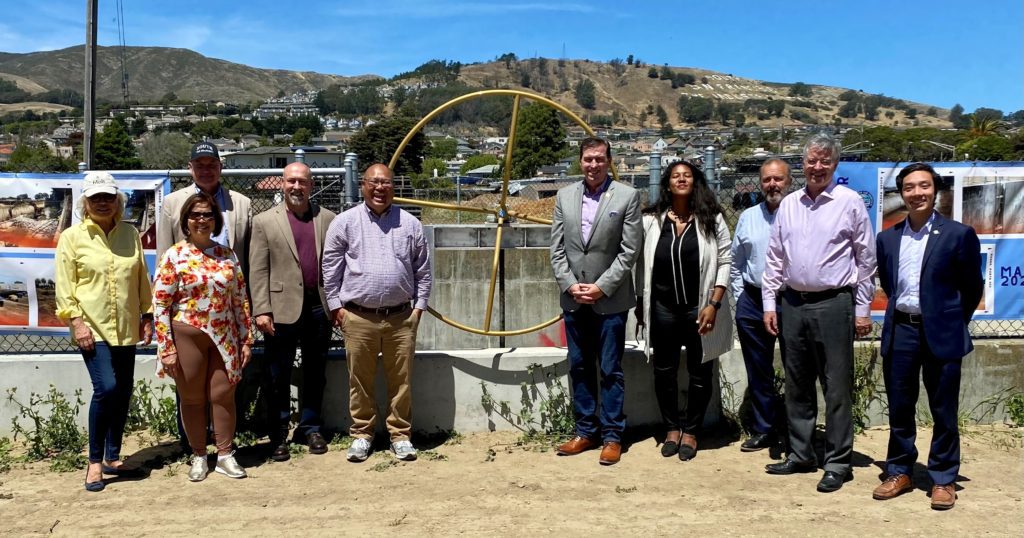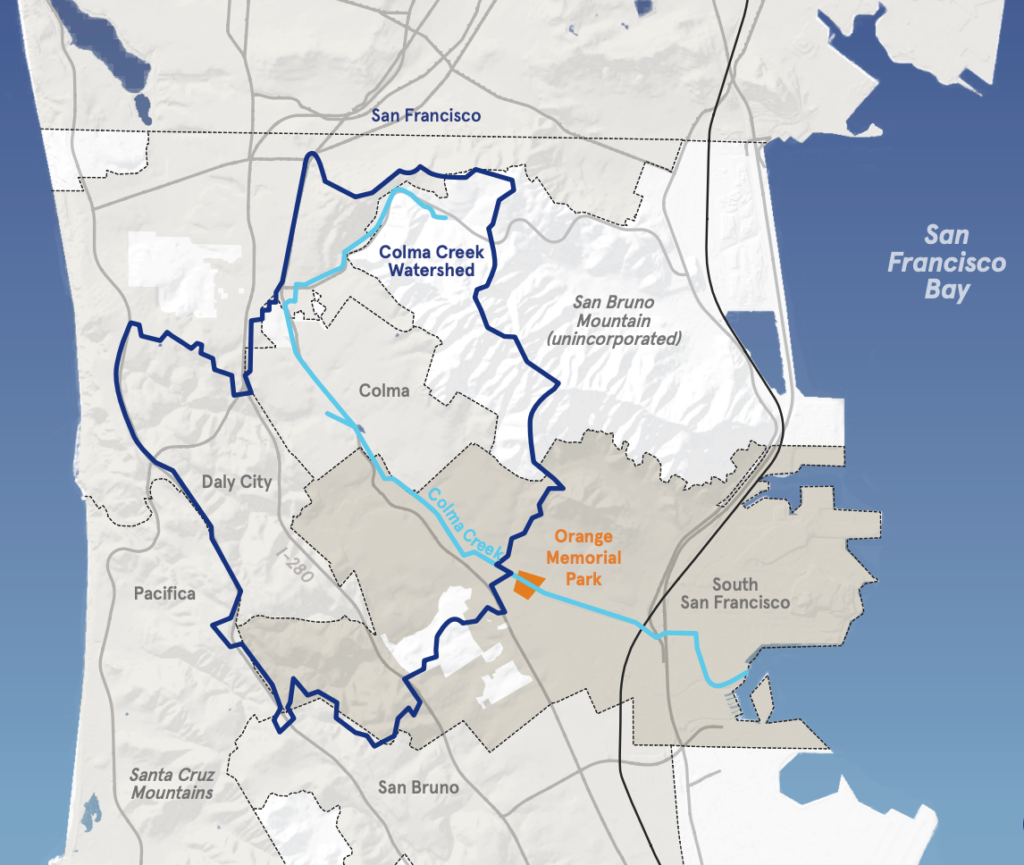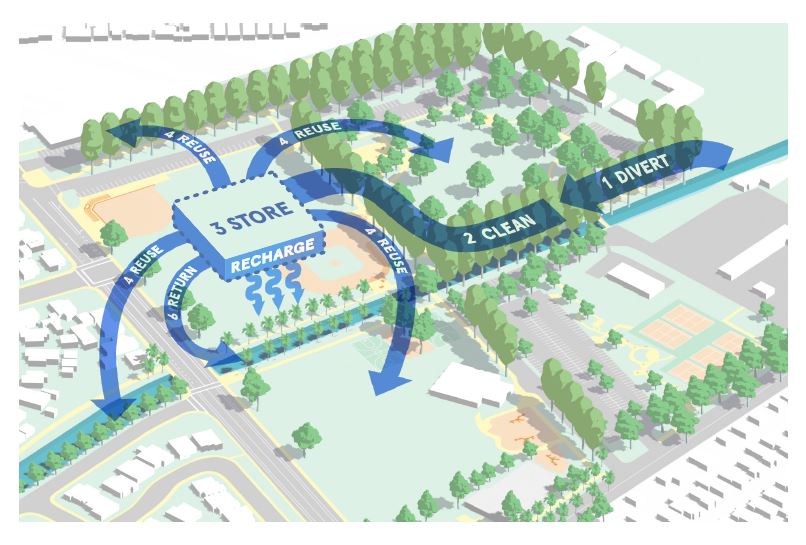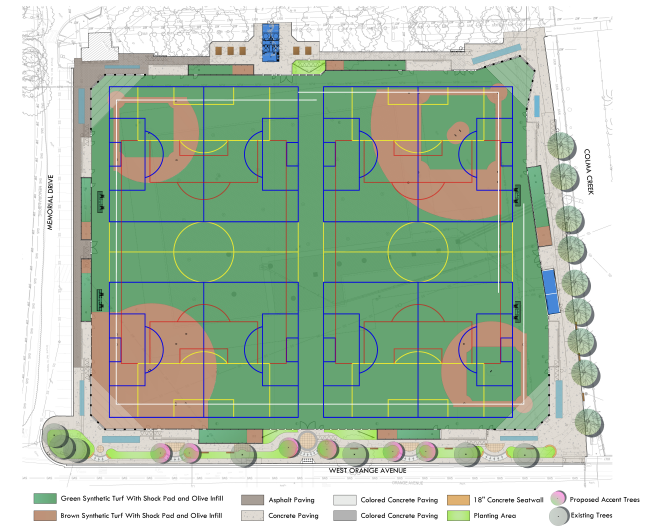Green Infrastructure is one of the most effective ways to manage stormwater runoff sustainably in our communities. By catching, storing, and treating rainwater, green infrastructure (commonly referred to as GI) helps us pave the way to a cleaner, greener tomorrow, whether in the face of larger storms or to build resilience during drought.
What is Green Infrastructure?
Green Infrastructure is a term that loosely refers to nature-based, engineered solutions to minimize stormwater runoff, with pollutant removal and flow control benefits. Operating on scales ranging from sidewalk installations to complete ecosystem restructuring, GI includes a number of infrastructure solutions that work together to improve the environment through nature-based, urban greening, and community enhancement projects.
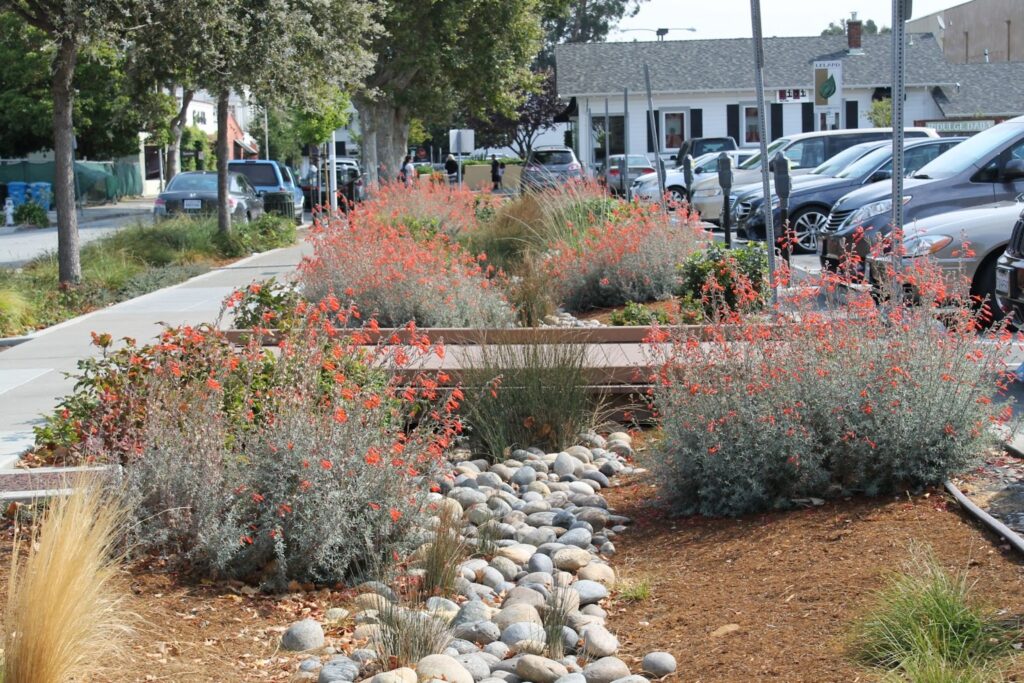
Here are some commonly featured components of GI projects and installations:
- Biotreatment soil media – specially engineered soils designed to soak up soil relatively quickly while cleaning out pollutants
- Mulch – helps retain moisture and maintain plant health
- “Curb-cuts” – enable runoff to flow from streets, roads and parking lots into green infrastructure
- Specialized vegetation – trees, sedges, rushes, and other perennials uniquely adapted to both wet and dry periods
- Rain barrels/cisterns – harvesting and reusing rainwater is a great way for homeowners to reduce pollution, conserve water and minimize stormwater runoff impacts
- Permeable/pervious paving – specialized pavers and paving materials that soak up runoff and allow stormwater to stay in place and infiltrate underlying soils or get cleaned up before going down the storm drain
- Green roofs – shallow vegetated roof systems can help cool buildings, reduce runoff and beautify our neighborhoods
There are many great design examples in our Green Infrastructure Design Guide. Click to link to view more! www.flowstobay.org/gidg
GI installations filter rainwater that would otherwise flow over permeable surfaces, collecting pollutants along the way before the dirty runoff drains to local water bodies, like creeks, the Bay, and the Oceans. Aside from the core functions of GI, these innovative green facilities also result in environmental health benefits and community climate resiliency by managing flood risks, preparing for drought conditions, lowering heat island effects, and more.
Reducing Stormwater Pollution
GI provides natural filtration which reduces water pollutants from entering water bodies when it rains.
Decreasing Flooding
With the recent storms in San Mateo County and surrounding areas, there is a greater risk of flooding in areas with inadequate drainage networks. Green infrastructure helps mitigate flooding by increasing opportunities to slow the flow of water and improve existing drainage in these areas.
Preparing for Drought and Storming
When GI projects can absorb water, the retained water replenishes groundwater reserves. In some areas, during storm events, GI can absorb significant volumes of water, while excess runoff.
Supporting Wildlife
Green infrastructure projects also increase the natural habitat for wildlife – which helps the ecosystem thrive and maintain balance.
Lowering the Heat Island Effect
Adding trees and plant life to urban areas reduces “urban heat island” impacts where predominantly hardened landscapes and development cause radically warmer ambient air temperatures, especially during high-heat days. GI can naturally cool these areas, resulting in more comfortable living conditions.
Adding Beauty to San Mateo County
There’s no denying that green infrastructure beautifies the landscape, adding life and vibrancy while combating stormwater pollution and increasing climate resiliency.
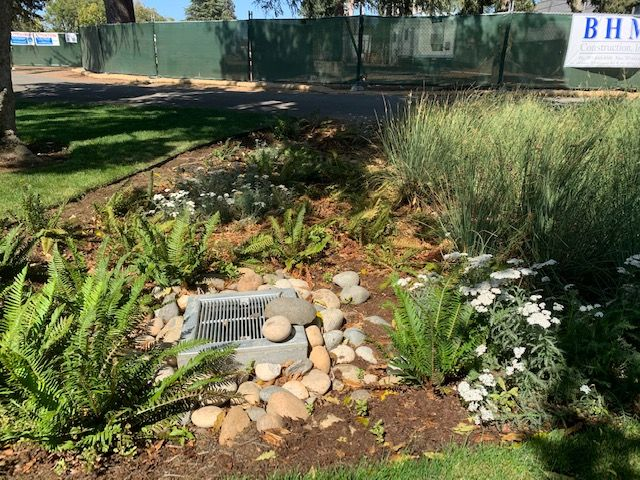
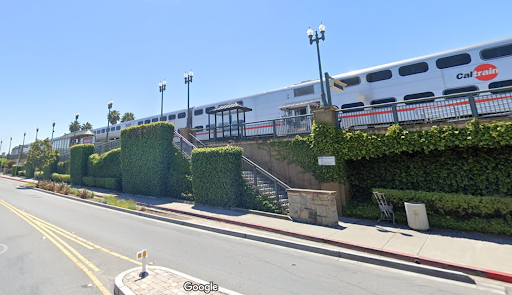
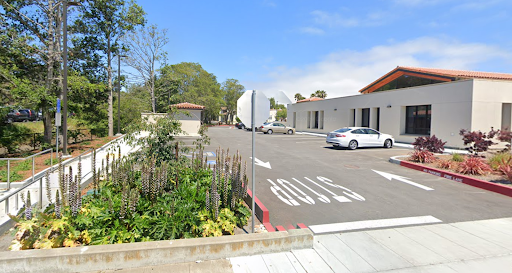
GI Is A Game Changer In Stormwater Pollution Prevention
As we experience an increase in downpours, our existing green infrastructure projects in San Mateo County are working to effectively capture stormwater. When drought conditions re-emerge, the captured stormwater will help us through the dry spell.
GI is a game changer when chaotic water cycles present themselves. Water that might otherwise flood structures, contaminate water sources, or flow out to the Bay or Ocean unused is instead put to use for our communities in a variety of ways.
Latest Additions In GI Across San Mateo County
Some of the latest completed GI facilities in San Mateo can be found along San Mateo Dr. The project sits between the sidewalk and bike lane and collects stormwater, assists with flooding, and increases safety for cyclists and pedestrians by adding a buffer to the sidewalk and more visibility along the roadside.
